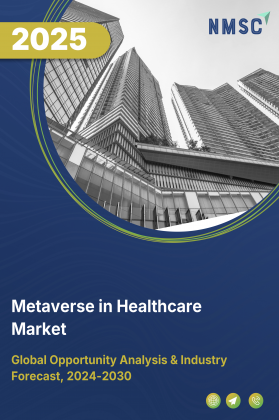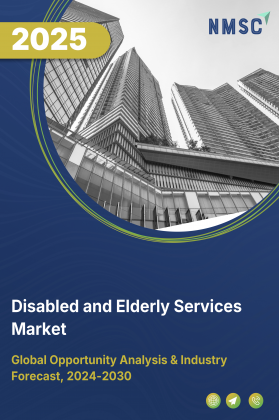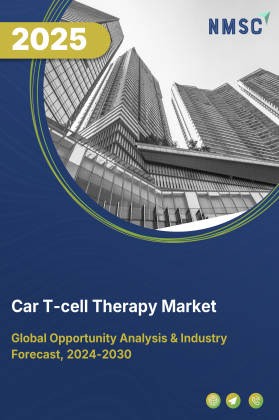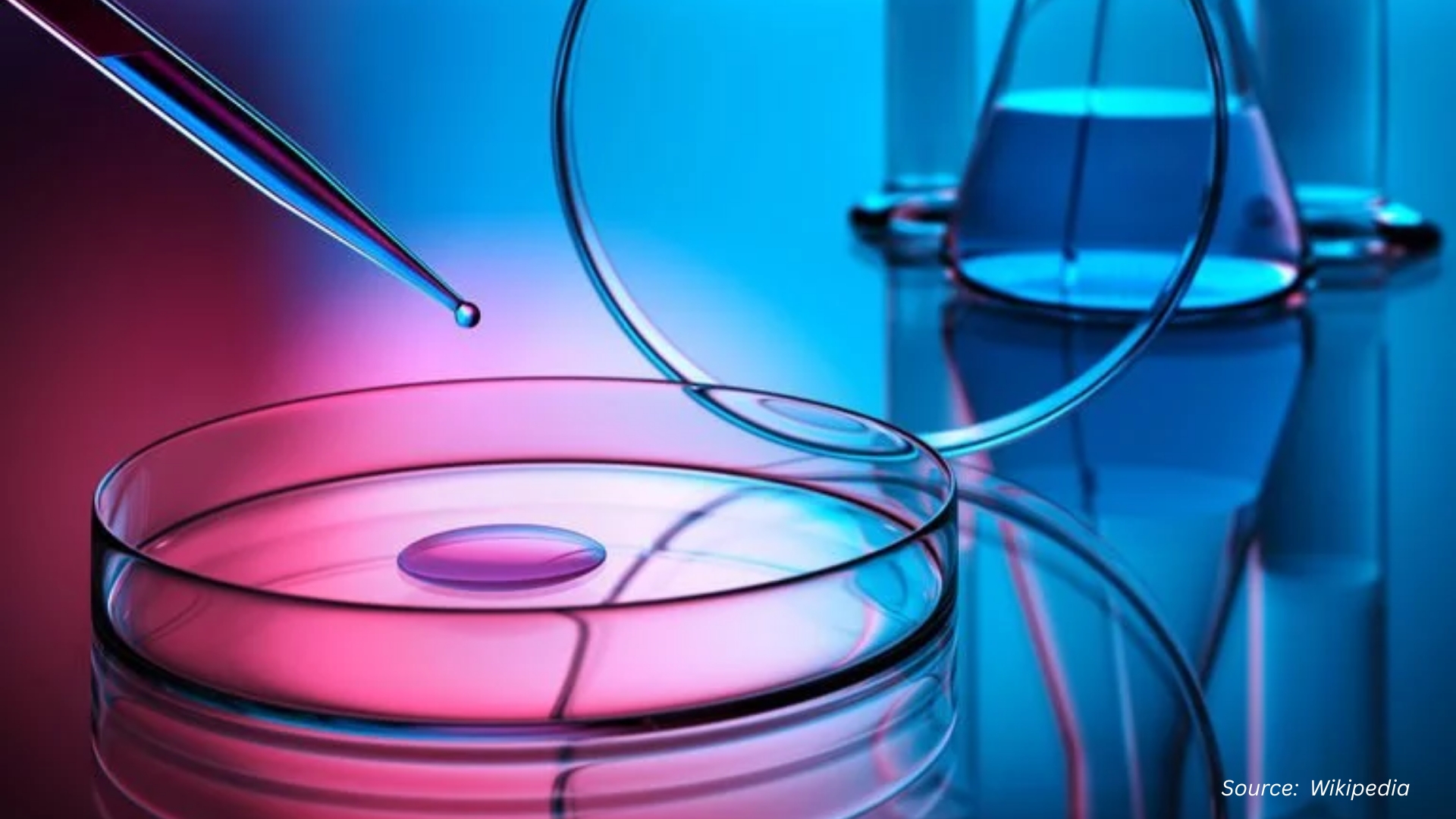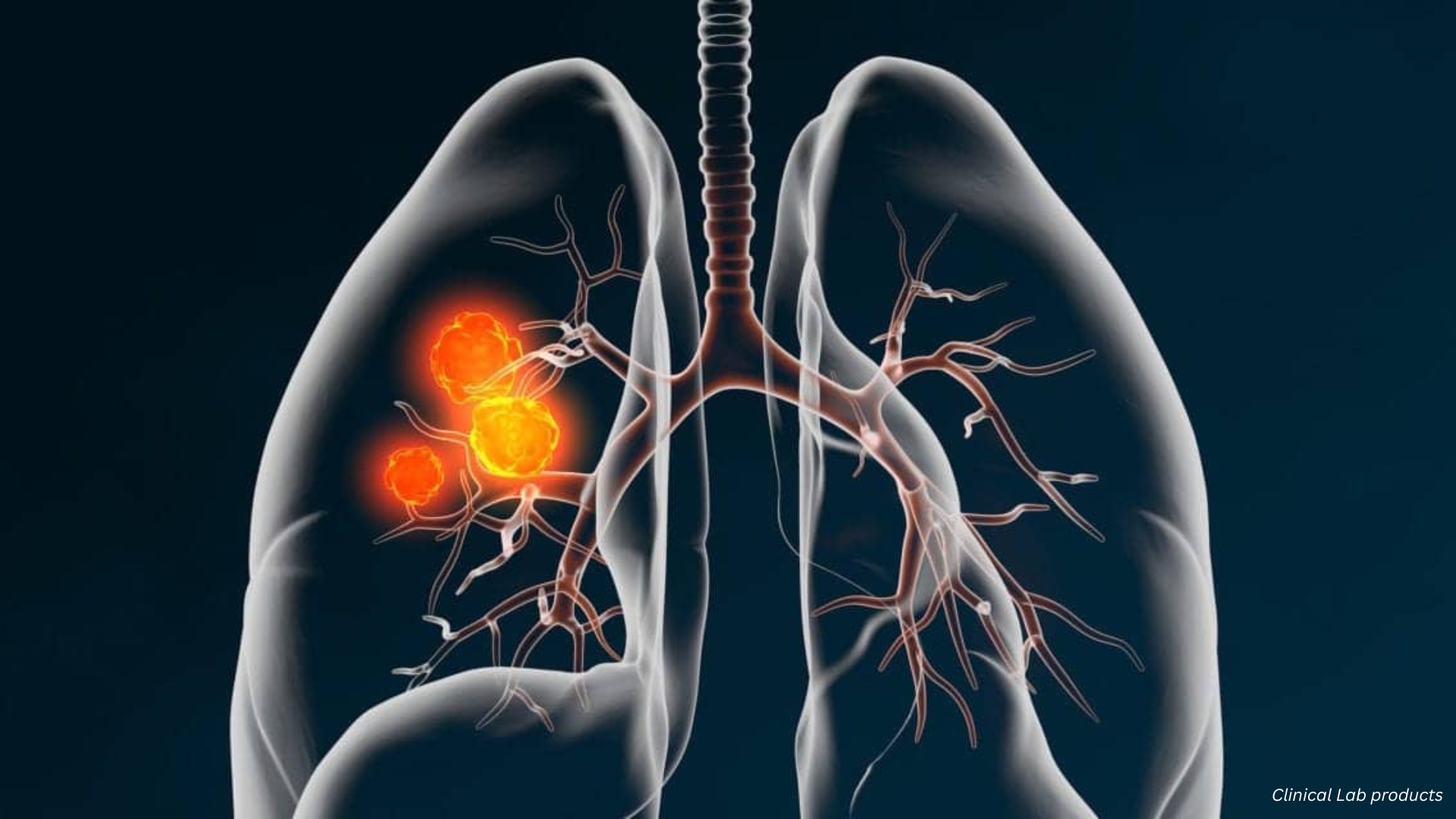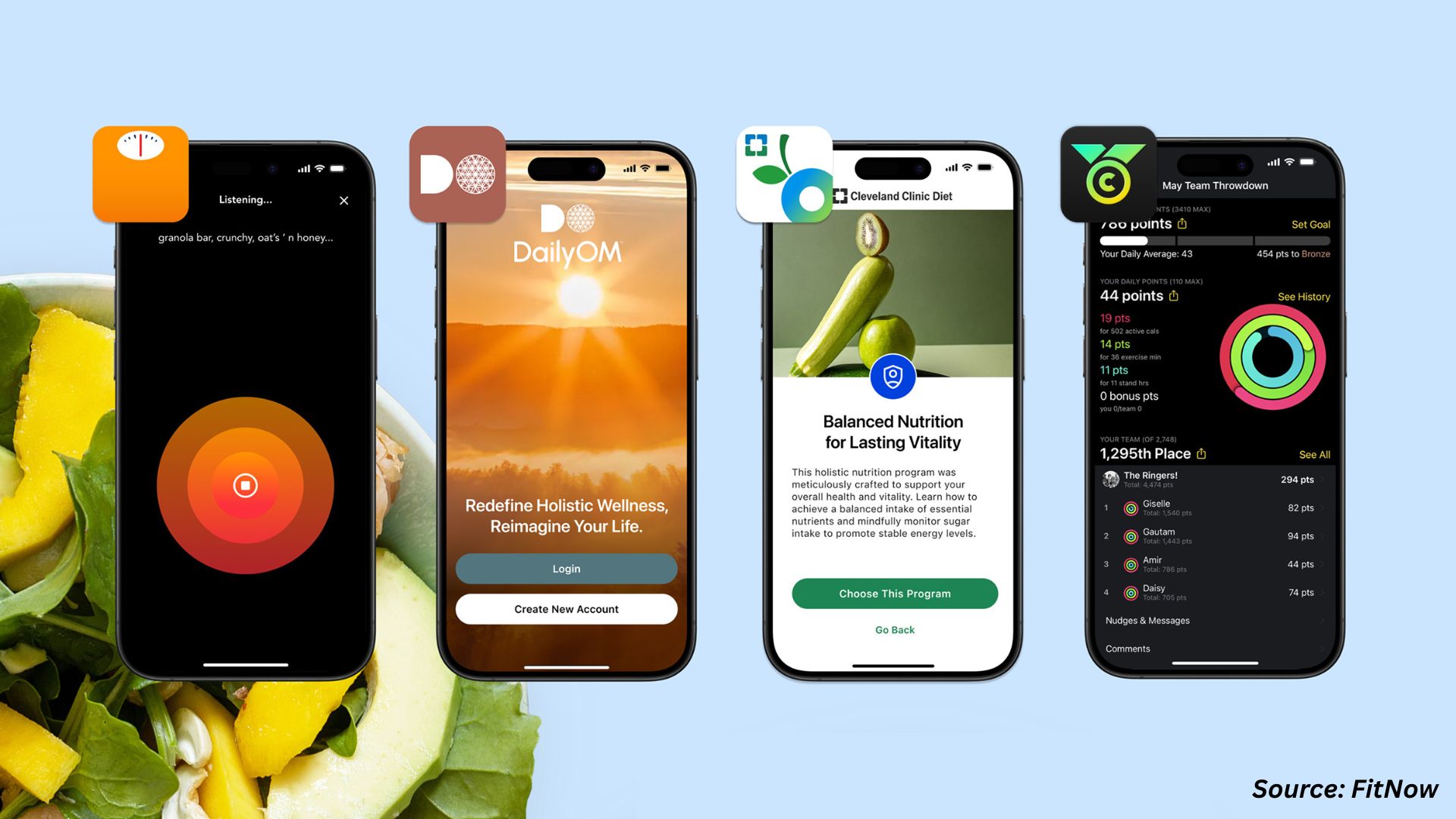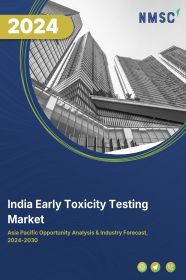
India Early Toxicity Testing Market by Technique (In Vivo, In Vitro and In Silico), by Toxicity Endpoint (Genotoxicity, Dermal Toxicity, Skin Toxicity, Ocular Toxicity, Phototoxicity, and Others), and by End-User (Pharmaceutical Industry, Cosmetic Industry, Chemical Industry, Food Industry, and Others) – Opportunity Analysis and Industry Forecast, 2025–2030
Industry: Healthcare | Publish Date: 09-Jun-2025 | No of Pages: 76 | No. of Tables: 112 | No. of Figures: 57 | Format: PDF | Report Code : HC753
India Early Toxicity Testing Industry Overview
The India Early Toxicity Testing Market size was valued at USD 49.3 million in 2024, and is predicted to reach USD 116.3 million by 2030, at a CAGR of 15.4% from 2025 to 2030.
Factors such as the growth in the hospitality sector, along with the expansion of the pharmaceutical industry, accelerate market growth. However, the elevated costs of early toxicity testing market pose a significant challenge to market growth. On the contrary, the rise of new technologies offers promising opportunities for market growth by improving the accuracy and dependability of toxicity testing results, which is expected to enhance market expansion in the coming years.
Moreover, key players such as Merck KGaA, Laboratory Corporation of America Holdings, Medpace, Thermo Fisher Scientific, Charles River Laboratories International, Inc., Danaher Corporation, and others are taking various initiatives such as product launches and collaborations across various countries and regions to maintain their competitive positions. These initiatives are expected to drive the adoption of in vitro toxicology testing, enabling quicker identification of safety issues. With advancements in 3D cell culture, the scope of clinical trial risks reduces, ensuring product safety and regulatory compliance while offering benefits such as reduced late-stage risks, cost reductions, and fewer ethical concerns due to non-animal testing methods, ultimately accelerating India early toxicity testing market trends.
Growth in the Hospitality Sector Fuels India Early Toxicity Testing Market Growth
The expansion of the hospitality sector in India is a key driver of the early toxicity testing market. As demand for safe and compliant products such as cleaning agents, toiletries, and consumables increases, so does the adoption of early toxicity testing. These products undergo testing during development to detect potential toxic chemicals harmful to humans. Early detection of such toxins improves product efficiency, reduces costs, and shortens development timelines. According to reports from the India Brand Equity Foundation (2024), the Indian hospitality industry is projected to reach approximately USD 24.61 billion in 2024 and USD 31.01 billion by 2029. This sector’s growth is boosting the demand for early toxicity testing, driving market expansion.
Expansion of the Pharmaceutical Industry Drives Market Growth
The growth of India’s pharmaceutical industry is a significant driver for the India early toxicity testing market demand. Drug development involves a series of tests, and safety assessment is a crucial component. To meet regulatory standards and ensure the safety and efficacy of new drugs, pharmaceutical companies prioritize preclinical toxicity evaluation, which in turn increases demand for advanced testing solutions. Latest reports from Invest India indicate that the Indian pharmaceutical industry registered a 10% growth in 2022-2023, generating a revenue of USD 4928.41 billion in 2023-2024. This expansion, driven by increased drug development activities, significantly boosts demand for advanced early toxicity testing solutions to ensure safety and regulatory compliance.
Elevated Costs of Early Toxicity Testing Hinder Market Growth
The high costs associated with early toxicity testing present a major barrier to India early toxicity testing market expansion. These costs include the need for advanced equipment, cutting-edge technology, and highly skilled professionals, making it difficult for smaller companies and businesses in developing regions to participate. As a result, many companies continue to rely on traditional, more affordable testing methods, which are less effective and ethical. This financial burden delays the adoption of modern testing approaches, limiting overall market growth.
The Rise of New Technologies Creates Growth Opportunities for the Market
The integration of technologies such as 3D cell culture in in-vitro testing is expected to drive significant market growth in the future. These advanced technologies offer more accurate simulations of tissue and organ complexity compared to traditional 2D cell cultures, leading to more reliable and precise toxicity assessments. By facilitating interactions among various cell types, 3D cultures replicate the microenvironments of human organs, enhancing the accuracy of toxic effect predictions and reducing risks during clinical trials. This technological progress is expected to create substantial growth opportunities for the early toxicity testing market.
Competitive Landscape
The promising players operating in the India early toxicity testing industry includes Merck KGaA, Laboratory Corporation of America Holdings, Medpace, Thermo Fisher Scientific, Charles River Laboratories International, Inc., Danaher Corporation, Eurofins Scientific, PerkinElmer, Inc., Bio-Rad Laboratories, Inc., Agilent Technologies, Inc., Navitas Life Sciences, REPROCELL Inc., ICON plc, XenoTech, Veeda Clinical Research, and others.
India Early Toxicity Testing Market Key Segments
By Technique
-
In Vivo
-
In Vitro
-
Cell Culture
-
PCR
-
ELISA
-
Western Blotting
-
Protein Binding Assays
-
In Silico
By Toxicity Endpoint
-
Genotoxicity
-
Dermal Toxicity
-
Skin Toxicity
-
Ocular Toxicity
-
Phototoxicity
-
Others
By End-User
-
Pharmaceutical Industry
-
Cosmetic Industry
-
Chemical Industry
-
Food Industry
-
Others
Key Players
-
Merck KGaA
-
Laboratory Corporation of America Holdings
-
Medpace
-
Thermo Fisher Scientific
-
Charles River Laboratories International, Inc.
-
Danaher Corporation
-
Eurofins Scientific
-
PerkinElmer, Inc.
-
Bio-Rad Laboratories, Inc.
-
Agilent Technologies, Inc.
-
Navitas Life Sciences
-
REPROCELL Inc.
-
ICON plc
-
XenoTech
-
Veeda Clinical Research
REPORT SCOPE AND SEGMENTATION:
|
Parameters |
Details |
|
Market Size Value in 2024 |
USD 49.3 million |
|
Revenue Forecast in 2030 |
USD 116.3 million |
|
Value Growth Rate |
CAGR of 15.4% from 2025 to 2030 |
|
Analysis Period |
2024–2030 |
|
Base Year Considered |
2024 |
|
Forecast Period |
2025–2030 |
|
Market Size Estimation |
Million (USD) |
|
Growth Factors |
|
|
Companies Profiled |
15 |
|
Market Share |
Available for 10 companies |
|
Customization Scope |
Free customization (equivalent up to 80 working hours of analysts) after purchase. Addition or alteration to country, regional, and segment scope. |
|
Pricing and Purchase Options |
Avail customized purchase options to meet your exact research needs. |




















 Speak to Our Analyst
Speak to Our Analyst



